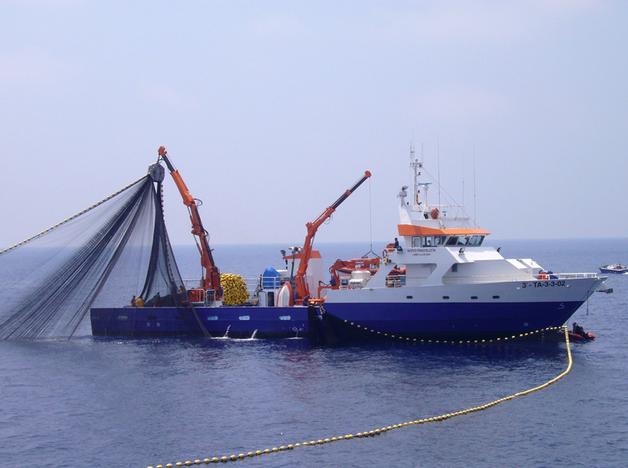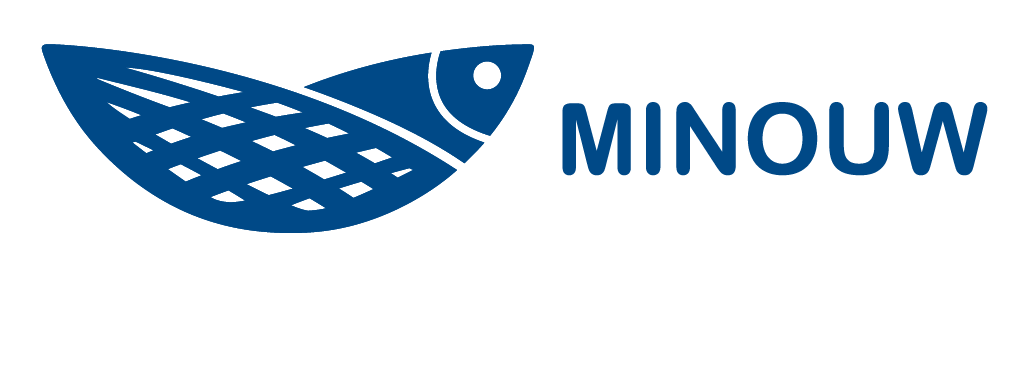Our results are backed by solid science. The project will apply solutions based on cutting edge research in the following domains:
The use of artificial light under water.
The photic variability in the underwater environment has led to the evolution of many different visual capabilities, allowing marine organisms to gather a maximum of sensory information under difficult circumstances.
This diversity of visual capabilities in marine organisms offers great potential for using light to make fisheries more efficient and selective.
Differences in the visual capabilities of target and bycatch species may lead to more selective fishing methods. With a more thorough understanding of the vision systems of the target species it may be possible to identify species and/or size specific differences in their visual capabilities.
These differences could be utilised to manipulate their behaviour with artificial light (from the surface or underwater) to separate different species during the capture process.

Harnessing data to map probabilities
Increase the operational efficiency of fishers by making available electronic tools containing maps of high density patches of potential unwanted catch, such as nursery areas of demersal fish, spawning aggregations of pelagic species or areas of distribution of endangered species.
This will be possible by combining these maps with fishing effort maps derived from the FishSpektrum database. Spatial Bayesian statistical modelling will help suggest area closures that incorporate both scientific and fishers’ knowledge, resulting in the development of near-real time mapping of the likelihood of producing unwanted catches.
Applying modelling techniques
The reduction of unwanted species on fisheries performance and ecosystem status will be assessed using bio-economic models and ecosystem services valuation techniques.
The economic valuation approach to unwanted catches is anchored in an ecosystem services approach. Valuation of ecosystems services related to discarding practices is based on the premise that the correct pricing of environmental friendly fish harvesting practices would help dis-incentivise the production of unwanted catches. Proper certification and eco-labeling policies are instrumental to this end.
The benefits from this economic sector will be evaluated against a set of indicators, including value of fish harvested but also the impact of underlying fishing technology in terms of unwanted catches. Economic models will be used to evaluate the welfare effects with respect to the introduction of a global EU discard target, allowing the implementation of an EU Discard Trading System (EU DTS) based on the model of the EU Emissions Trading System (EU ETS).

